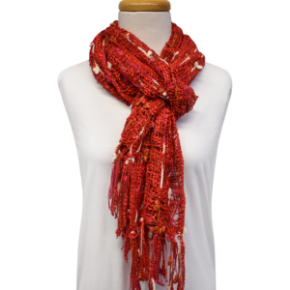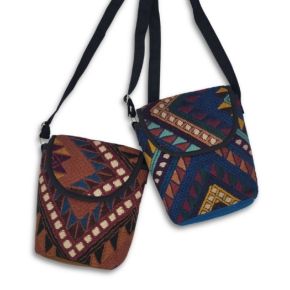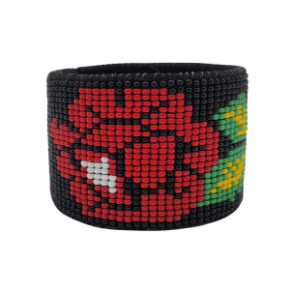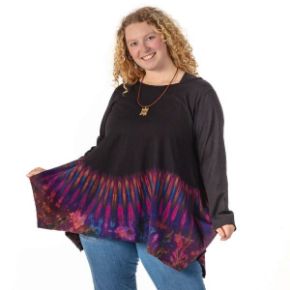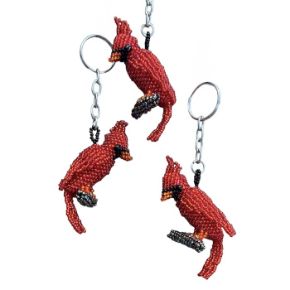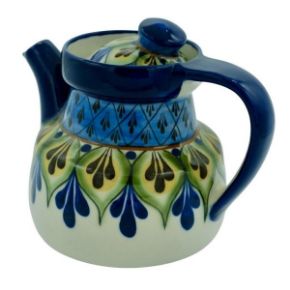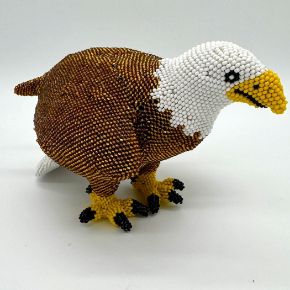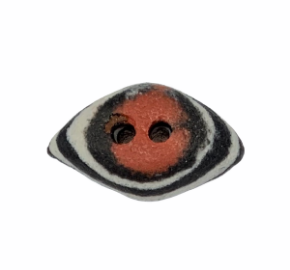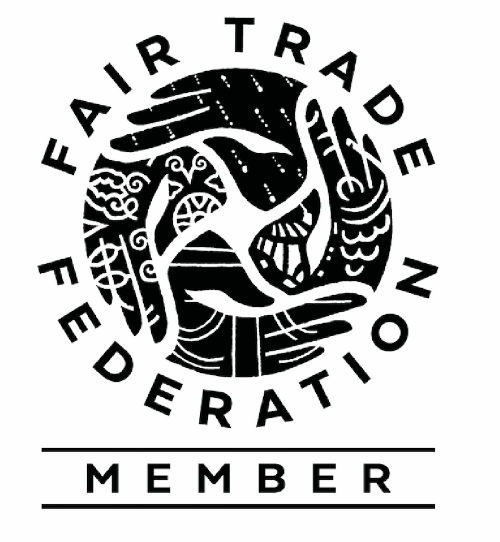Once one of the most powerful civilizations in Central America, the Maya people remain an integral part of Guatemala. The rise of the Maya civilization began thousands of years ago and spread across what it now southern Mexico all the way to modern day Honduras. The Maya civilization lasted longer than any other Mesoamerican culture that came to power in the area, and as a result, traces of the culture remain very much alive even today.
Today, there are about six million Maya living in Central America. Although they have relatively modern lives, most still live a lifestyle that is distinct from that of Guatemalans descended from a European heritage. Instead of Spanish, the official language of Guatemala, most Maya speak primarily indigenous languages, of which there are 22, each reflective of a disparate regional heritage. Because the Maya civilization was so widespread geographically, various dialects evolved into unique languages over time.
Many Maya women, in particular, may not speak fluent Spanish at all. Growing up in Maya households and, unfortunately, likely not to have attended school where the Spanish language would be taught, women and girls speak only their indigenous language. Only 48% of indigenous women are literate in Spanish. This language barrier contributes to many disadvantages including inequality in the labor force, limited access to adequate health care, and exclusion from the legal system. Unique Batik works primarily with indigenous women, seeking to create income and the possibility of an education for those who would otherwise have little to no opportunity.
A history of craftsmanship is still seen in the beautiful handicrafts of Maya people today. Although their work has evolved to take in new influences, assimilate them, and in some cases become something entirely new, a reflection of Mayan history remains in carving, painting, textiles, and more. Considering today’s prevalence of beaded jewelry, it may surprise many to learn that although weaving has been an integral part of Mayan culture for centuries, the introduction of small glass beads and the subsequent creation of woven beaded jewelry did not occur until quite recently. Since the introduction of the tiny glass bead, women in Guatemala have used their traditional weaving skills to create a wide range of jewelry designs, which have become quite popular in the marketplace.
Weaving holds a position of high importance in Maya culture, not only as a handicraft tradition,but as a religious and social tradition. Ixchel, goddess of the moon, has a special connection to women. She is represented with weaving implements in her headdress, and is said to have taught the first woman how to weave. The tradition is passed from woman to daughter, and has been for centuries. Weaving is a social activity, as well; with the portable backstrap loom, women can weave virtually anywhere. Historically, it is one of the only sources of income available primarily to women. Maya women take great pride in their weaving skills, as can be seen in the amazing textiles that come from the region.
At Unique Batik, we strive to sustain both ancient and new traditions of Mayan handicrafts through marketing these special products to buyers across the globe. Having spent many years traveling to Guatemala and the heart of the Maya culture, not only observing its beauty, but learning about it personally through friendships and long term partnerships with our artisans, we recognize both the beauty of the Maya peoples and the struggle that they face. Through fair trade, we hope to preserve the one and alleviate the other.

